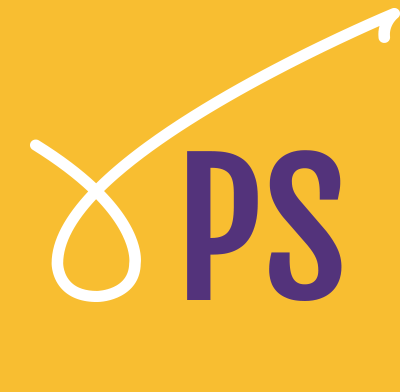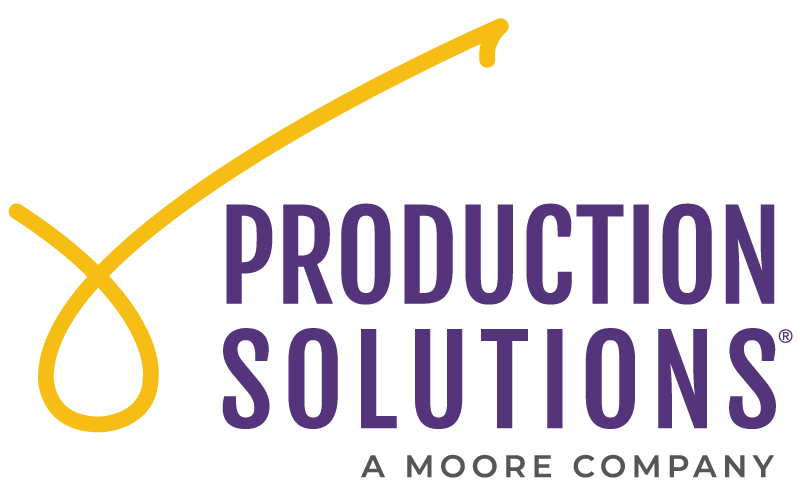Make an Impact: 5 Key Themes from Bridge 2014
 Production Solutions
Production Solutions
Didn’t get to make it to this year’s Bridge Conference? Let your friends at Production Solution/PS Digital fill you in on the latest trends and advice from experts to help your organization have an even greater impact.
Drowning Out Negative Voices

Steve Nardizzi, CEO, Wounded Warrior Project
Steve Nardizzi, CEO of Wounded Warrior Project, opened the conference with the much-debated topic of charity watchdog agencies. He shared that charity evaluators such as Charity Navigator and CharityWatch encourage a negative view of nonprofits that invest in fundraising. Organizations that spend more than 23% in overhead are automatically accused of “fraud,” while actual cases of fraud are often missed, and those organizations responsible are given high ratings as long as their overhead numbers are under 23%.
Nardizzi’s advice: Nonprofits need to step up and become the voice of their own industry.
Here’s how:
- Be better about measuring impact and do it transparently. Effectiveness of programs should be assessed, shared with the public, and made easily accessible.
- Organizations should hold themselves to the highest standards of ethics, professionalism and accountability.
- Educate government officials that charities should be evaluated based on impact, not fundraising costs.
- Have more public dialogue about these issues.
Looking Internally
In a business where results and statistics are constantly being compared with similar organizations, Sarah Birnie, Deputy Director of Analytics and Strategy at Human Rights Campaign, urges fundraisers to focus internally.

John Blackwell of Integral & Sarah Birnie of HRC
“Know your data,” she recommended, “No one else will.”
Tatiana Marshall, Senior Client Manager for Change.org echoed these words, saying organizations should not focus solely on benchmarking against other organizations, but also benchmarking internally. It’s important to know how your file responds to each program.
This internally-focused theme spanned across several sessions, highlighting how crucial it is to remember that each organization is unique, and how critical it is to know your audience.
Cathy Grams, Deputy VP of Strategic Services at The Wilderness Society added that it is essential to understand your donors’ preferences. There are a variety of communication pathways that can work in any multi-channel campaign, and it is up to each organization to see where they fit within this spectrum.
Multichannel Marketing and Organization Brand

Rehan Iqbal of True North, Carla Chadwick of Covenant House & Carrie Miller of SankyNet
So what’s the best way to find out what makes your donors respond? Every fundraiser’s favorite four-letter word: TEST! Madeline Stanionis, Creative Director at M+R Strategies urges fundraisers to test well beyond the email subject line. Test photos, buttons, calls-to-action, landing page layouts, forms, anything you can change and measure. While you’re testing, Carrie Miller, Senior Account Executive at SankyNet reminds us to carefully track sources of new donors – this will tell you where to invest going forward.
Tracking attribution to the correct channels can become extremely complex, but there are some new tools that can help. Liz Murphy, founder of RedEngine Digital shared that Google Analytics now offers several attribution models to choose from, and they’re free through Universal Analytics.
When working across so many channels, brand alignment becomes even more important. According to Murphy, inconsistent messaging, offers, and brand experiences may confuse and turn off potential donors. She cautions fundraisers to remember the value of branding, especially as it affects donor experience. If you feel like your organization is lacking in this consistency aspect of multichannel marketing, have no fear! Rehan Iqbal, Media Supervisor at True North, Inc. reminds us that every touch point is an opportunity to build brand, evoke action, and gather insights. This is known as “Actionable Branding.”
Olga Woltman, Director of Online Giving at Special Olympics International, discussed how their structure supports overall brand integration. Direct Response has always resided in a single department reporting to a single person, including direct mail, telemarketing, digital, legacy giving, and donor services. Shared goals remove barriers to collaboration and fear of who receives credit or “owns” the money, so the program more naturally lends itself to integration.
Your Committed Core
A consistent message is only impactful if it is properly targeted and put into action. Andrew Wiley, Annual Giving Manager at World Wildlife Fund shared how they surveyed a group of donors in hopes to find what motivated their involvement in the organization, in order to figure out how to grow specific donor segments.
What they found was that donors wanted a more personal connection to the organization and its staff, as well as more engagement with other donors like them. Since they were surveying high-level donors, people in this group expected to have some kind of special identification, to have a group name and be a part of something. They had a strong desire for more meaningful communication less often.
Barbara Cammick, Senior Manager of Direct Marketing with Best Friends Animal Society, also surveyed her donors. What they discovered was that many donors never knew they were lapsed—messaging was unclear in their mailings. These mid-level donors also liked to feel special, but preferred not to receive premiums such as notecards or photos. As with the WWF study, mid-level donors desire a personal connection with the organization. Donor benefits with high impact included experiences that allowed donors to spend time with animals in need, as well as meet their Board members.
Some Final Inspiration
This year’s Bridge Conference not only left attendees with sought-after data to improve fundraising programs, but also some inspiration for handling everyday challenges that are special to those of us in the nonprofit community.

Dr. Janet Lapp, psychologist, author and consultant for workplace transformation
Dr. Janet Lapp, psychologist, flight instructor, and head of Center for Leadership Development shared the four key practices that are critical to managing stress in the face of change.
- What drives me? For many in this sector, a passion for mission is something that can keep them going in the face of change.
- What needs to go? Often a need for control can impede ability to cope with change. Dr. Lapp recommends living in the time zone of right now. Don’t live in the past with guilt, resentment, or fear.
- How can I boost energy and optimism? Only 31% of people in organizations have a positive attitude, the rest are negative. Optimism is a choice – a decision – and most importantly, a skill we can practice and learn.
- Where do I need to have courage? Look for good in yourself first. Let go of your fear and speak up!
Dr. Lapp also addressed the level of burnout that has come to be commonplace in the nonprofit sector.
Her final advice: If you’re feeling burnt out but still not accomplishing enough, remember that you can do good in the world just by giving hope to one person each day. Who will it be today?




